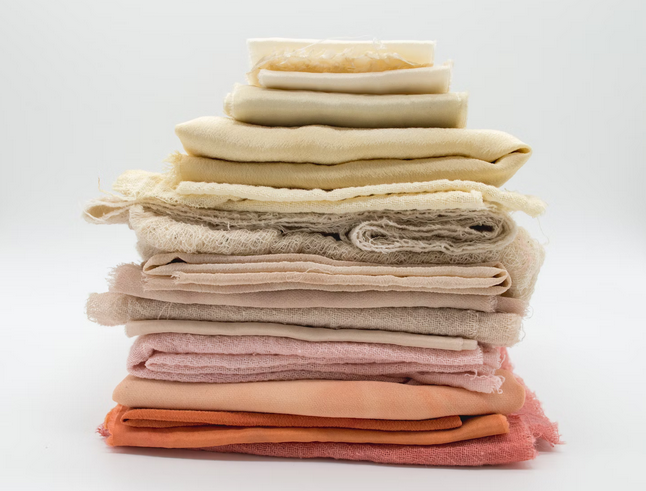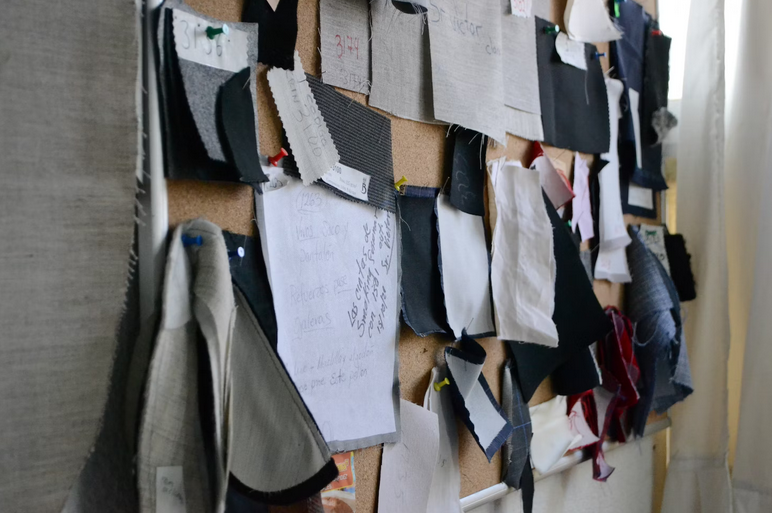Heat Pressing on Different Fabrics: What You Need to Know

Heat pressing offers endless possibilities for adding personalization and style to various items, from clothing and accessories to home decor. The best large non-Cricut heat press machine here can elevate your production to another level.
But if you’re new to this industry, there are a few things you need to know. Today, let’s start from the basics, along with the ins and outs of heat pressing on different fabrics.
Understanding Fabric Types

Every single fabric type has its unique characteristics and properties that can affect the outcome of your heat press project. So, let’s take a closer look at some common fabric types and how they interact with heat.
- Cotton: When heat-pressed, cotton tends to hold up well and allows for vibrant colors to transfer beautifully onto the fabric.
- Polyester: Its smooth texture makes it perfect for detailed designs or intricate patterns. However, be mindful of the temperature settings, as high heat can cause polyester to melt or shrink.
- Blends: Many fabrics today are actually blends of different fibers like cotton-polyester blends or rayon-polyester blends.
- Silk: This delicate fabric requires extra care when heat pressing due to its sensitivity to high temperatures. It’s crucial to use low-heat settings and protective sheets when working with silk to avoid scorching or damaging this precious material.
Proper Pre-Pressing Techniques
Before you start heat pressing on different fabrics, it is crucial to follow proper pre-pressing techniques. These steps can help ensure that your final press yields the best results. Always remember to pre-wash your fabric before heat pressing. This helps remove any chemicals or residue that might be present on the fabric’s surface.
Next, make sure you use a suitable temperature and pressure for each fabric type. Different materials require different settings to achieve optimal results. Allow sufficient cooling time after removing your item from the heat press machine before handling it further. This ensures that your design sets properly and minimizes any potential smudging or shifting of colors.
Test Before the Final Press
Take note of how the fabric reacts during the pressing process. Does it shrink? Does it stretch? Is there any bleeding of color? These observations will help guide your final adjustments before moving forward with larger pieces. Remember that different fabrics have different heat tolerances and may require unique treatment. Testing allows you to fine-tune your approach and ensure optimal results without risking damage.
Care for Heat Pressed Items

Once you have successfully heat-pressed your fabric, take proper care of the finished product to ensure its longevity. Here are some tips on how to care for heat-pressed items. Some fabrics may require special handling or temperature settings. It is advised to wash the item inside out to protect the design from friction with other garments. When it comes to washing, opt for a gentle cycle and use a mild detergent. Harsh detergents can cause fading or damage to the heat-pressed design. Avoid using bleach as well, as this can discolor and weaken both the fabric and design.
For drying, air drying is preferred over machine drying. High temperatures in dryers can lead to shrinking or distortion of the fabric and may cause peeling or cracking of the heat-pressed design. If machine drying is necessary, choose a low-heat setting.…

